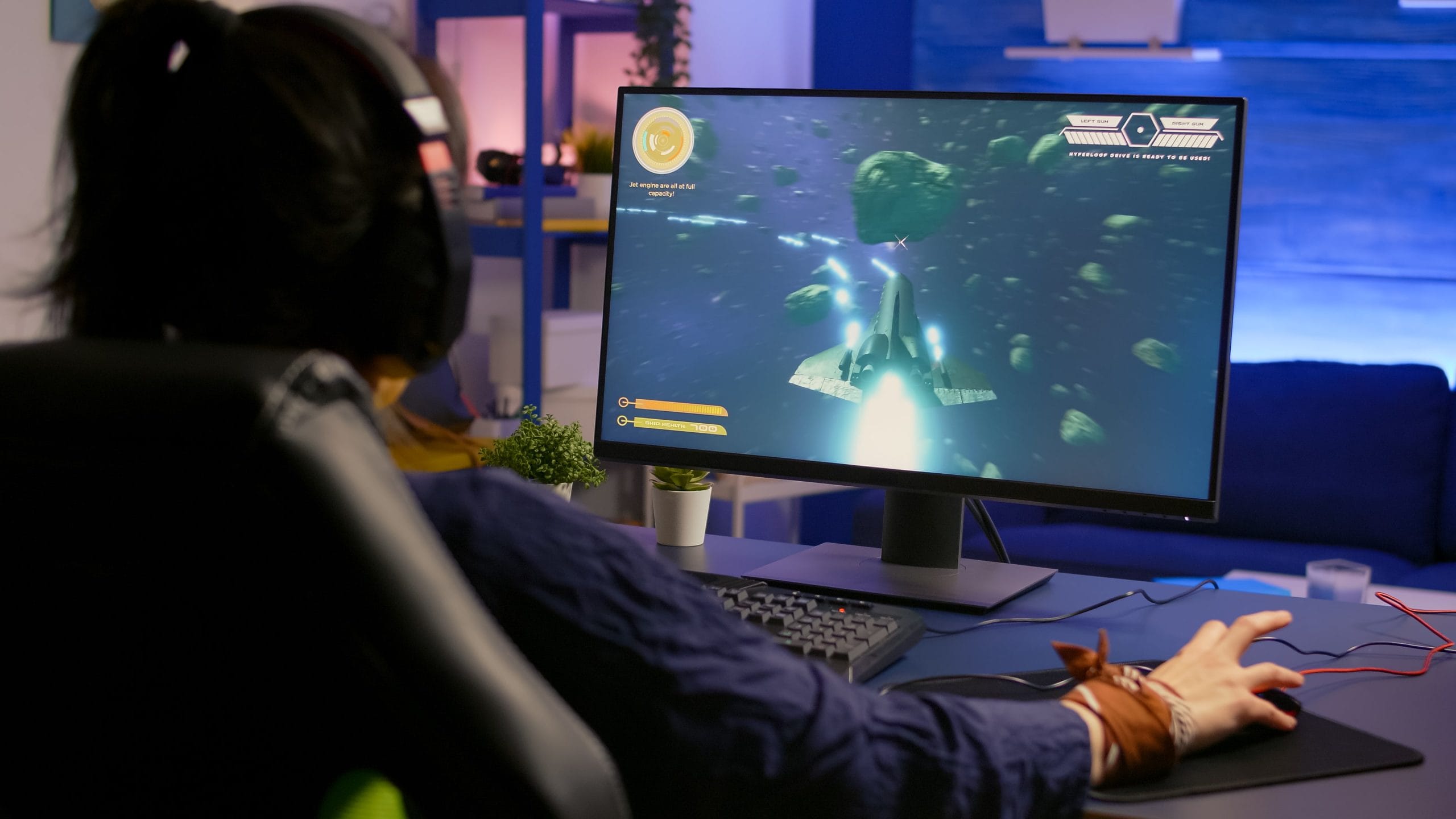Asia Leads the Web3 Mobile Gaming Market
TLDR:
- Asia captures over 80% of the Web3 mobile gaming market and houses more than 55% of global gamers
- The Asia Pacific region contributes $72 billion in annual gaming revenue
- Global gaming growth is expected to reach $81.5 billion in revenue by 2030
- Southeast Asian markets are adopting emerging technologies
- Fintech and blockchain adoption are driven by the unbanked population and lack of financial infrastructure in Southeast Asia
Asia is at the forefront of the Web3 mobile gaming market, capturing over 80% of it and housing more than 55% of global gamers.
It is home to 1.7 billion gamers, generating $72 billion in annual gaming revenue, despite restrictions on Web3 gaming in countries such as China and South Korea.
Global gaming growth is expected to reach around $81.5 billion in revenue by 2030, with Asia being one of the biggest contributors, given the growing demands for banking, e-commerce, finance, healthcare, and more.
Southeast Asia’s Adoption of Emerging Technologies
Southeast Asian markets are making strides in adopting emerging technologies, with companies like MapleStory Universe, Square Enix’s Symbiogenesis, and Affyn’s Buddy Arena gaining traction in the region.
The rapid growth of the internet, technology, and digitalisation has transformed the APAC region, particularly in Southeast Asian markets.
The region has seen higher adoption of Web3 and cryptocurrency wallets compared to the rest of APAC, with at least one metaverse-related tech in use by over 70% of the population as of 2022.
Asian Countries Embrace Web3 Technologies Amid Regulatory Challenges
Despite regulatory challenges, the South Korean government has shown strong support for tech startups working on metaverse-related projects.
The South Korean government has shown strong support for tech startups working on metaverse-related projects despite regulatory challenges.
Social networking platforms like Zepeto have consequently entered the Web3 world, becoming one of the largest metaverse-like platforms in Asia.
In China, where decentralised digital currencies are banned, consortium chains involving verified organisations have taken charge, leading to increased Web3 adoption in select areas like digital collection sectors.
Auction house Sotheby’s for instance, recently launched Sotheby’s Metaverse to sell NFTs.
Pacific Meta conducted the first-ever survey on blockchain gaming in Japan, revealing that 40.2% of respondents were aware of blockchain games.
Of those aware, 56.8% had a positive impression of them, with many finding the ability to play for free, play on a smartphone, and earn rewards in the game as the most appealing features in blockchain games.
More examples of Asian gaming companies adopting Web3:
- Sony: Sony has made significant strides in the blockchain space with its latest NFT-related patent application, aiming to create a standardised digital infrastructure for gamers to own and transfer digital NFT assets across various platforms.
- Bandai Namco: Bandai Namco is expanding its blockchain endeavours by launching a vast network of games and interactive media, starting with the Gundam franchise.
- Square Enix: Square Enix has proposed blockchain games as a mid- to long-term growth strategy and is currently developing “Symbiogenesis”, an NFT game based on 10,000 NFTs set to launch on the Polygon blockchain.
The potential of blockchain gaming has been a topic of interest, and the shift from Web2 to Web3 is expected to impact the industry significantly.
Asia’s gaming market plays a crucial role in the adoption of blockchain gaming, and the rise of Asian gaming companies embracing blockchain technology will drive the adoption of Web3 gaming.
It will be interesting to see how blockchain technology and NFTs will transform the gaming experience and drive the adoption of Web3 gaming in the coming years.





